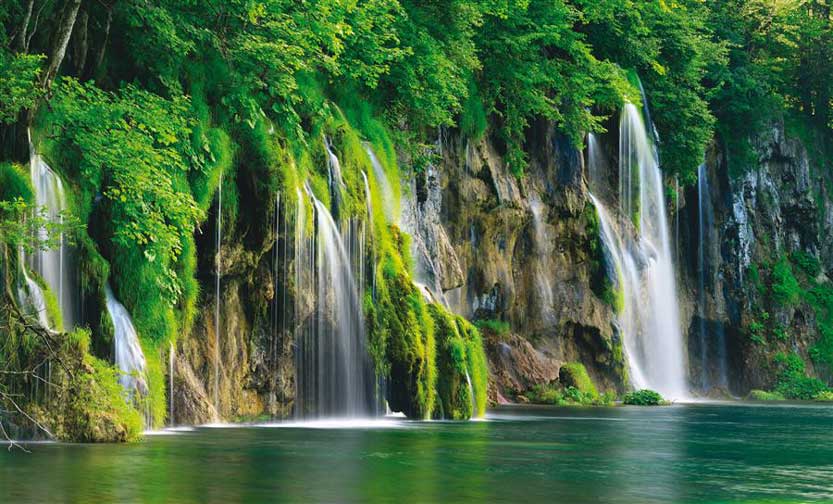National Parks in Croatia
Published: May 18th, 2014
Author: Mate I
Croatia is one of the countrys in Europe that have best preserved nature. It is a land where the warm Mediterranean climate blends with the freshness of mountains and the golden plains of Pannonia.
The Croatian law on the preservation of nature defines national parks as one of the eight types of protected areas of nature, another notable category of law preserved nature is a nature park, of which there are ten.
Croatia’s eight national parks cover 7.5% of the country or 994 km²(759 km² of which is land and 235 km² is water). The parks contain an outstanding variety of geological and natural phenomena and they are home to various animal species.
Aside from national parks, Croatia has eleven nature parks and two arboretums. Altogether, Croatia is home to as many as 4,300 plants and as many animal species.
The most popular protected area and the oldest national park in Croatia is the Plitvice Lakes National Park. Velebit Nature Park is a part of the UNESCO Man and the Biosphere Programme. The strict and special reserves, as well as the national and nature parks, are managed and protected by the central government, while other protected areas are managed by local counties.
Plitvice Lakes: A wondrous creation of forest landscapes snuggling between the mountains of Mala Kapela and Plješivica; a system of sixteen lakes interlinked by numerous waterfalls.

Brijuni: The Brijuni Archipelago National Park comprises the islands of Veli Brijun, Mali Brijun and twelve smaller isles.
Kornati: The Kornati archipelago is the most densely grouped cluster of islands in the Mediterranean, consisting of 152 islands, isles and reefs strewn between the islands of Dugi otok and Žirje, with high cliffs on Klobučar, Mana and Rašip Veli.
Krka: two-thirds of its coursethis pure karstic river, with its seven waterfalls and which rises near the town of Knin, flows through canyons.
Mljet: The national park occupiesthe western, wooded part of the Island of Mljet.
Paklenica: The awe-inspiring torrent gorges of Velika Paklenica and Mala Paklenica, which run parallel to each other, offer an insight into the unspoilt wilderness that exists not far from the beaches of the Croatian side of the Adriatic Sea. They rank among the most attractive natural areas in the whole of the Mediterranean: dense forests of black pine and beech, watering points for game and delicious springs issuing from beneath the highest peaks of Velebit.
Risnjak: The western mountain massif linking the Alps with the Dinaric range, encompassing Veliki Risnjak (1,528 m) and Snježnik (1,506 m) abounds in karstic phenomena – rifts, abysses, gravel areas, caves and potholes; large areas are covered by mature coniferous forests, mountain pastures, sub-Alpine and Alpine flora, of which many species are endemic.
Northern Velebit: The widest part of the Velebit massif – edged on the seaward side by bare rocks and on the mainland side by wooded plains – extends from the Vratnik Pass (698 m) on the road Otočac-Senj, to Veliki Alan (1,379 m).
